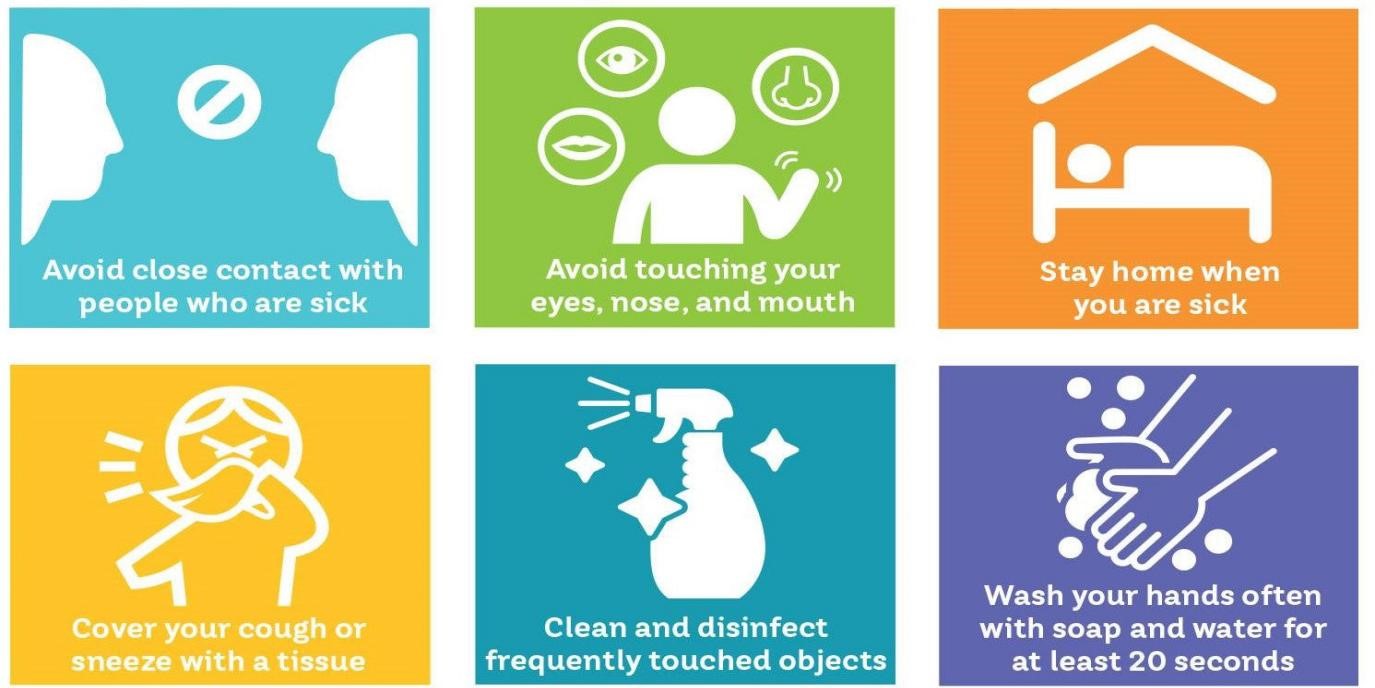What is Coronavirus? General Coronavirus Symptoms
Introduction
The new coronavirus, known as SARS-CoV-2 (severe acute respiratory syndrome coronavirus 2), COVID-19 is caused by severe acute respiratory syndrome.
Clinical presentation
It has been estimated that COVID-19’s incubation period lasts between 1 and 14 days, with a median of 5-6 days. However, the most recent data reports indicate that the period of incubation may last up to 24 days (del Rio & Malani, 2020).
Hence, the quarantine policies initially recommended by the WHO and the Centers for Disease Control and Prevention (CDC), became insufficient. The pathogen of COVID-19 has been identified as a betacoronavirus (Guan et al., 2020). The most typical signs of clinical presentation include fever, dry cough, myalgia, fatigue, and shortness of breath (Alipio, 2020; del Rio & Malani, 2020).
General symptoms
Other symptoms may include sore throat, headache, hemoptysis, diarrhea, nausea, and abdominal pain (Alipio, 2020; del Rio & Malani, 2020). Typically, a patient’s computer tomography (CT) is normal upon admission. However, follow-up imaging indicates worsening in CT findings with the disease’s development (Sahu et al., 2020). Most frequently, the lower right and left lobes of the lungs are involved.
Individuals older than 65 years and those with chronic medical conditions, such as hypertension or diabetes, are at higher risk for COVID-19 (Alipio, 2020). Furthermore, patients with comorbidities are much more likely to die of COVID-19 than those without any comorbidities, such as chronic respiratory disease, cancer, hypertension, or cardiovascular disease (Alipio, 2020).
Prevention and treatment
Since no vaccine against COVID-19 has been invented yet, the only available means of the pandemic’s prevention is quarantine. Taking into consideration the incubation period, governments of many countries have closed schools, public places, and many offices for several weeks.
The disease is spread from person to person through close contact, as well as through large respiratory droplets. The virus can be transmitted from an individual through coughing or exhaling, which produce droplets reaching the other individual’s nose, eyes, or mouth (World Health Organization, 2020). The droplets cannot be airborne due to being too heavy, so they end up landing on surfaces within the infected person’s reach. If a healthy person touches such a surface, he or she can become infected (World Health Organization, 2020).
That is why, with the growing spread of the pandemic, quarantine measures become stricter, including the requirement to wear a mask and gloves and keep distance between people when waiting in a line to a shop or drug store. In many countries, people are required not to leave home without any substantial reason.
Geneture Medical provide one stop solution for COVID-19 test, please do not hesitate to contact us for more.
